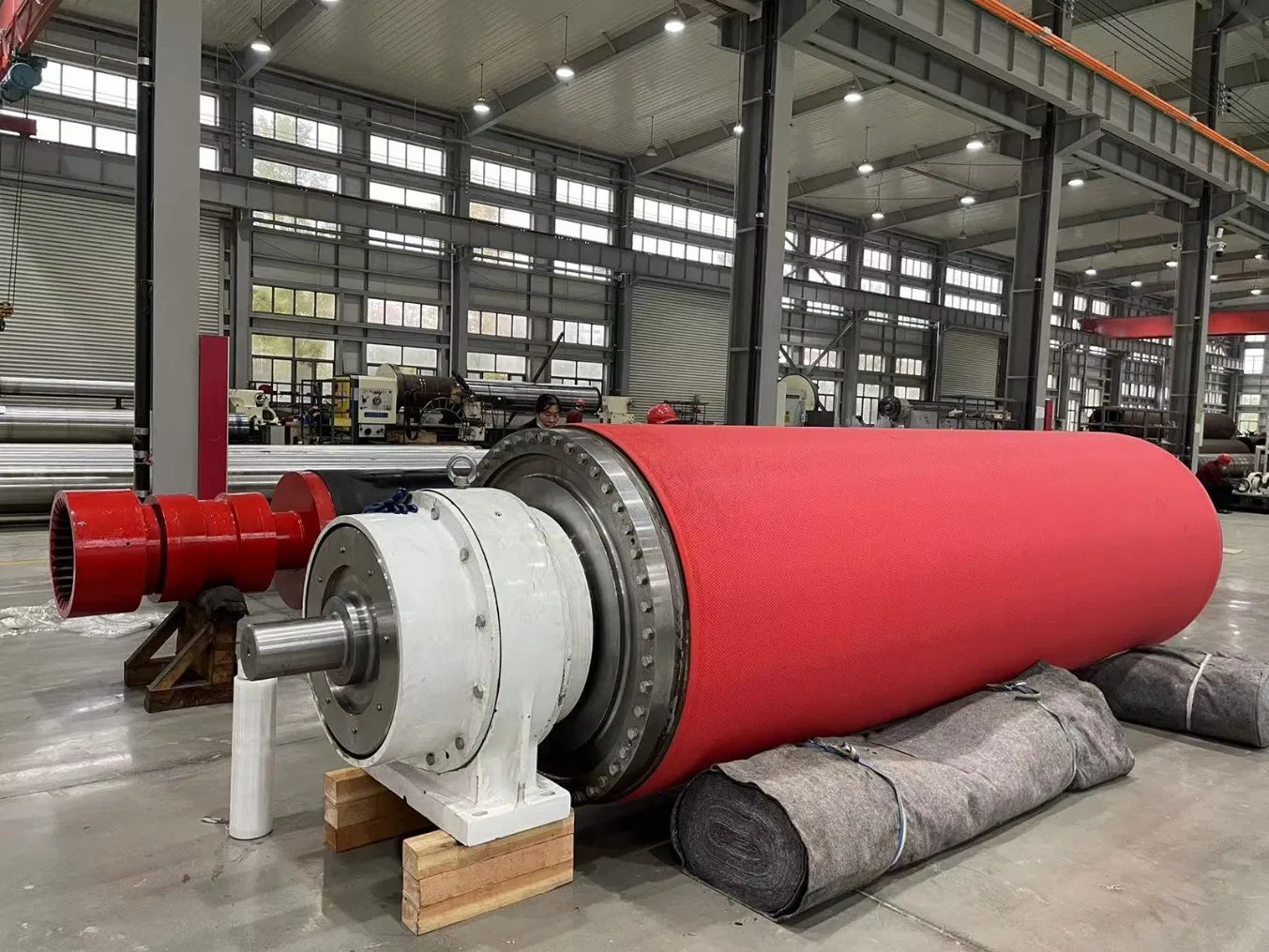Introduction
Calendar rolls are an essential part of many industrial applications, including paper production, textiles, and plastic film. These rolls play a critical role in the production process, ensuring that the final product is of high quality and meets the required specifications. In this article, we will provide a detailed introduction to calendar rolls, including their definition, types, applications, and maintenance.
Definition and Types of Calendar Rolls
Calendar rolls are cylindrical rolls used in calendering machines to apply pressure and heat to materials such as paper, textiles, and plastic film. The rolls are usually made of hard materials such as steel or chrome and have a smooth surface to ensure a uniform finish. There are two main types of calendar rolls: bowed and chilled iron rolls. Bowed rolls are used to apply pressure to the material, while chilled iron rolls are used to cool the material after it has been heated.
Applications of Calendar Rolls
Calendar rolls are used in a wide range of industrial applications, including paper production, textiles, and plastic film. In paper production, calendar rolls are used to improve the smoothness and gloss of the paper. In textiles, calendar rolls are used to apply pressure and heat to the fabric, improving its texture and appearance. In plastic film production, calendar rolls are used to improve the thickness and flatness of the film.
Maintenance of Calendar Rolls
Proper maintenance of calendar rolls is essential to ensure their longevity and optimal performance. Regular inspections and cleaning can prevent damage and reduce downtime. Common maintenance tasks include checking for wear and tear, removing dirt and debris, and lubricating the rolls to reduce friction. In some cases, the rolls may need to be reground or resurfaced to restore their original finish.
Conclusion
Calendar rolls are an essential part of many industrial applications, and their proper use and maintenance can significantly improve the quality and efficiency of the production process. By understanding the types, applications, and maintenance of calendar rolls, manufacturers can make informed decisions about the equipment they use and ensure that their products meet the highest standards of quality.



